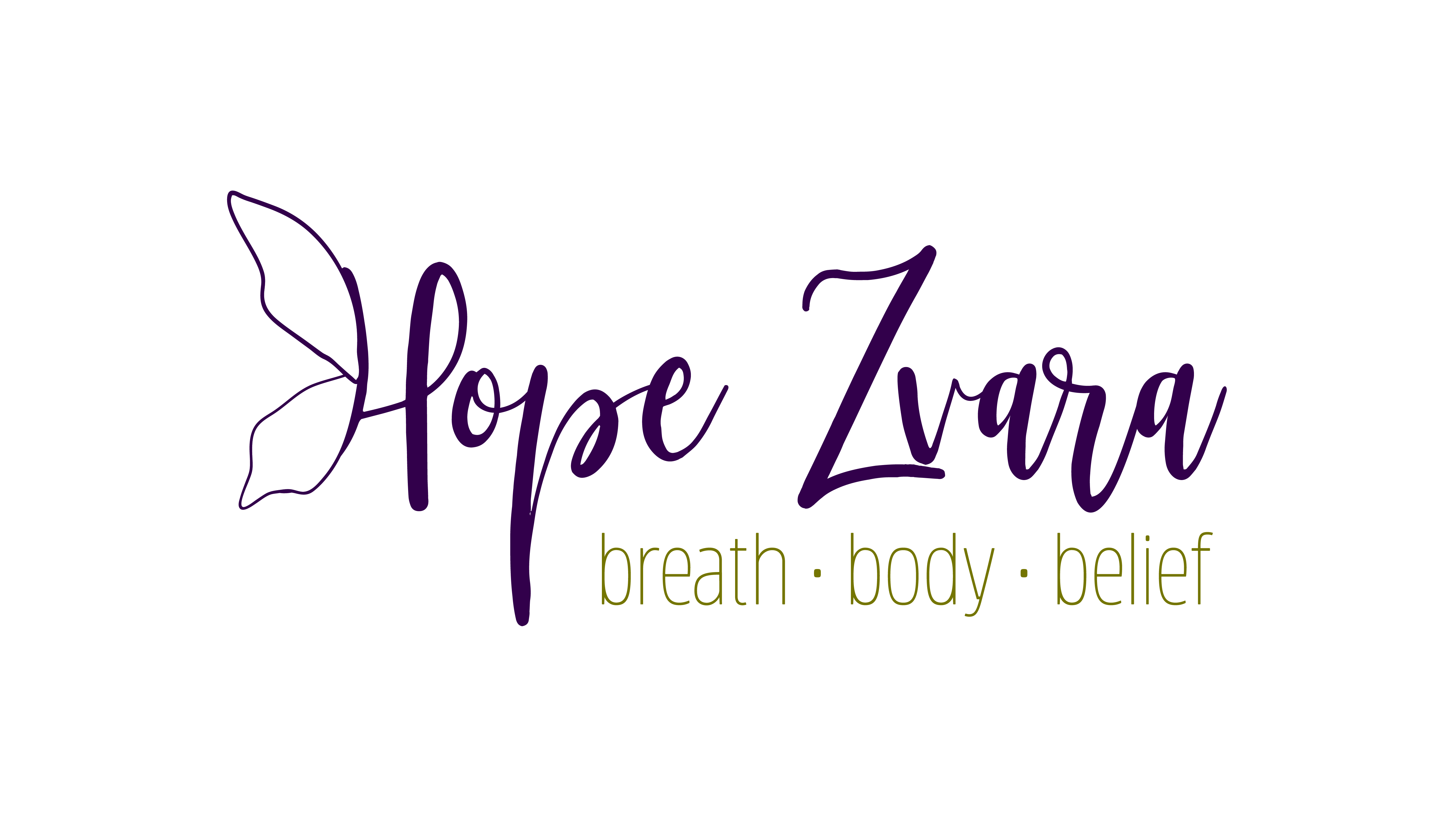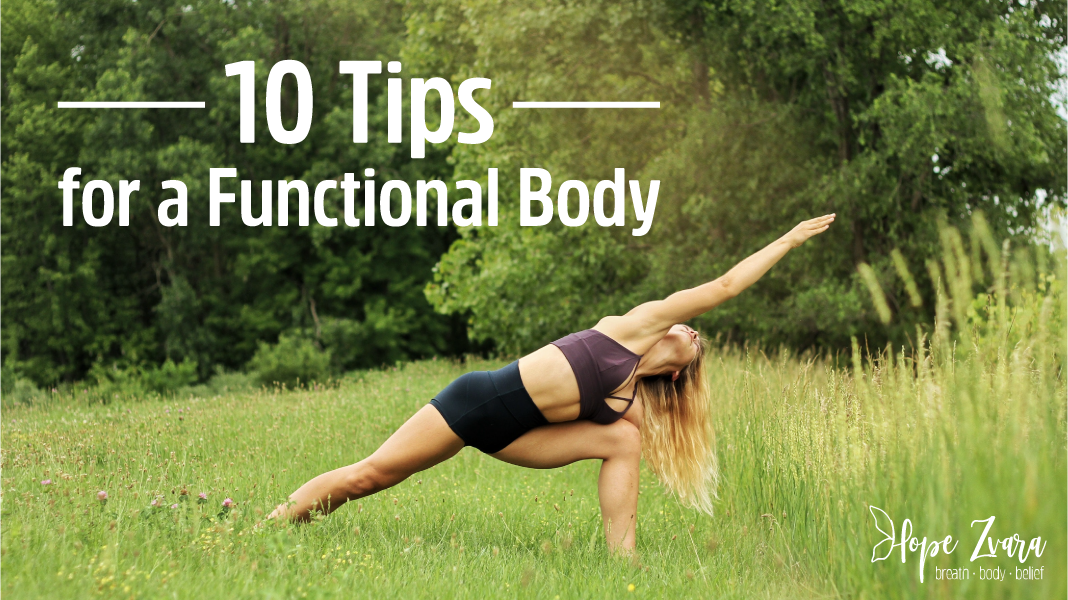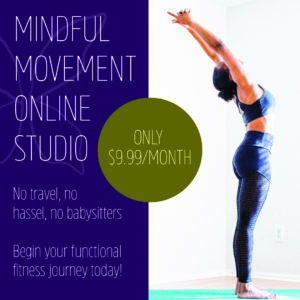Most people come to fitness training and movement, such as yoga, in order to benefit their bodies and their lives. Yet, many are unknowingly practicing movements that are inefficient or even detrimental to their goals and health. There are certain tips that can help you achieve the functional body that will serve you in your everyday life.
Here are 10 Key Tips to Stop Treating Pain and to Start Treating Dysfunction for a Functional Body:
1. Get off the Floor.
Unless you are a mechanic, training yourself, especially your core, solely on the floor will not get you the results you are hoping to achieve. Think about what you are trying to do on the floor. Lying flat on your back to do core work only triggers about 10% of your transversus abdominus, your core-most muscle (which is also a back muscle). So how about standing “Pilates” or what about the standing “Saw”? Look at what the movement is trying to achieve, not necessarily what it looks like, so you can morph it into a more body-friendly version.
If you are serious about strengthening your core, check out the Core Functional Fitness program to take your core to another level.
2. Shed the Shoes.
Shoes can isolate a person’s feet and keep them from noticing signs of misalignment, such as pronation, supination or bunions. Treadwear on the soles of the shoes can reveal dysfunction, as well. Overly supportive shoes compensate for and cover up dysfunction, but do not heal it. Training in such shoes might work around the issues, instead of bringing them to light. If you suffer from foot pain, know that pain relief is not far.
3. Learn Neutral.
It’s important to understand that a neutral position is not natural for many people. Proper body placement often must be re-learned with the guidance of someone trained in alignment. Proper neutral alignment involves attention to the relationship between the feet, pelvis, rib cage, shoulders and head.
4. Do Exercises and Asanas that Expose Imbalances.
Finding what is imbalanced is necessary for enabling proper alignment and movement. Identify where movement becomes stuck and focus on un-sticking that area.
5. Use a 2:1 Ratio.
By working both sides equally, the weaker side will never catch up. Instead, double up on the weaker side, so it receives the extra strengthening it needs.
6. Work in all Three Planes of Movement.
Movement in every direction is the only way to address the different needs of the body. Practice poses that move along the sagittal plane (left and right), the frontal plane (front and back) and the transverse plane (above and below).
7. Look at What a Movement is Trying to Accomplish.
Ask, “What is the purpose of this asana or exercise, and is it right for my body?” If not, determine how the concept could be adjusted for your individual body type. If you need help analyzing the movements, I have an Asana Video Library that will walk you through every specific element of each pose.
8. Identify the Source of the Pain.
Pain may not originate where it is felt. Sciatica, knee, neck or other pain may be referred — that is, their source is located somewhere other than where it hurts. Notice what is limited and what might be overused.
9. Learn Motor Control.
Between postures, be patient and aware. Is there a smooth, graceful transition from one posture to the next? Control begins by shifting awareness to the present and noticing the fine details that happen during the transition.
10. Think About the Reason for Practicing.
This is not to create doubt, but to check in and see if body, mind, spirit, and life are benefiting. Whatever you do should help you to increase wholeness and wellness.
Keep these tips in mind as you practice yoga, or any exercise to keep a functional body. If you are looking for a starting point, my Mindful Movement Online Studio costs only $9.99/month for unlimited access to my entire video library.



Can you be more specific about the content of your article? After reading it, I still have some doubts. Hope you can help me.